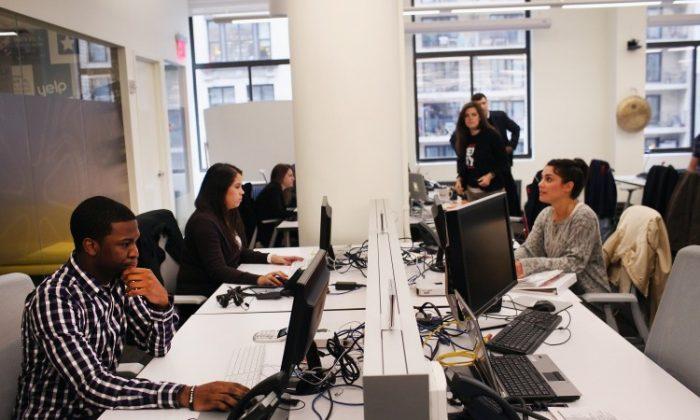A recent survey found that only two out of ten employees in the U.S. say they definitely have a best friend at work.
The quarterly survey was conducted by Gallup in June 2022.
“We’re seeing in the data that younger people in general are feeling more disconnected from their workplaces,” said Gallup workplace and well-being researcher Jim Harter.
“You can attribute some of that potentially to remote work. If they’re less connected to their workplace, they have fewer opportunities to connect with other colleagues and to develop those kinds of friendships that they might have had in the past.”
Having a good friend at work might be even more important, given the rise in remote work in the last three years.
A good friendship at work can give social and emotional support in the employees’ side, especially to parents, educators, and frontline workers, Gallup said.

It can also translate to higher profitability, safety, inventory control, and retention for employers.
Working Remotely
Karen Piatt started a new job with a medical relief nonprofit just a few weeks into the government lockdowns of 2020. She did all of her interviewing for the post online and works remotely full-time.“It’s the first time in my 25-year career that I was hired for a job without meeting the hiring manager in person,” said the 52-year-old Piatt, who lives just outside Seattle. “It was nearly two years until I met my colleagues face-to-face.”
When she finally did, at a retreat last year, “it was really special,” she said. “We hugged and talked as if we had known each other for years. In fact, we had.”
Employment Engagement Falls
In other findings, employee engagement is critical to “productivity, morale, development and retention,” according to Gallup.Gallup measures employee engagement by “asking random samples of the working population about specific workplace elements that link to many organizational outcomes, including profitability, productivity, customer service, retention, safety and overall wellbeing.”
These workplace elements include the employees’ level of agreement about clarity of expectations, opportunities for development, and their opinions counting at work.
Engaged employees can give more effort and do extra work, and they consistently outperform.
The survey found that engagement began to decline in mid-2021.
“By early 2022, U.S. employee engagement slumped to a seven-year low with 32% of employees engaged and 17% actively disengaged at work. The slump continued throughout 2022 as engagement levels remained relatively unchanged.”
Among the elements of engagement that decreased the most was the clarity on expectations and a connection to the mission or purpose of the company.

Another finding was that hybrid work is a trend that will become permanent.
Work Burnout
The survey also found that three in 10 employees in the U.S. reported being burned out ‘very often’ or always’ at work.Four in 10 employees revealed that their job had a negative impact on their mental health in the past six months, it found.
“And individuals with poor or fair mental health missed nearly five times as many days of work as those with good mental health in 2022,” Gallup said.
This trend lead to “quiet quitting,” which is employees withdrawing from their jobs for the purpose of preserving their mental health.




